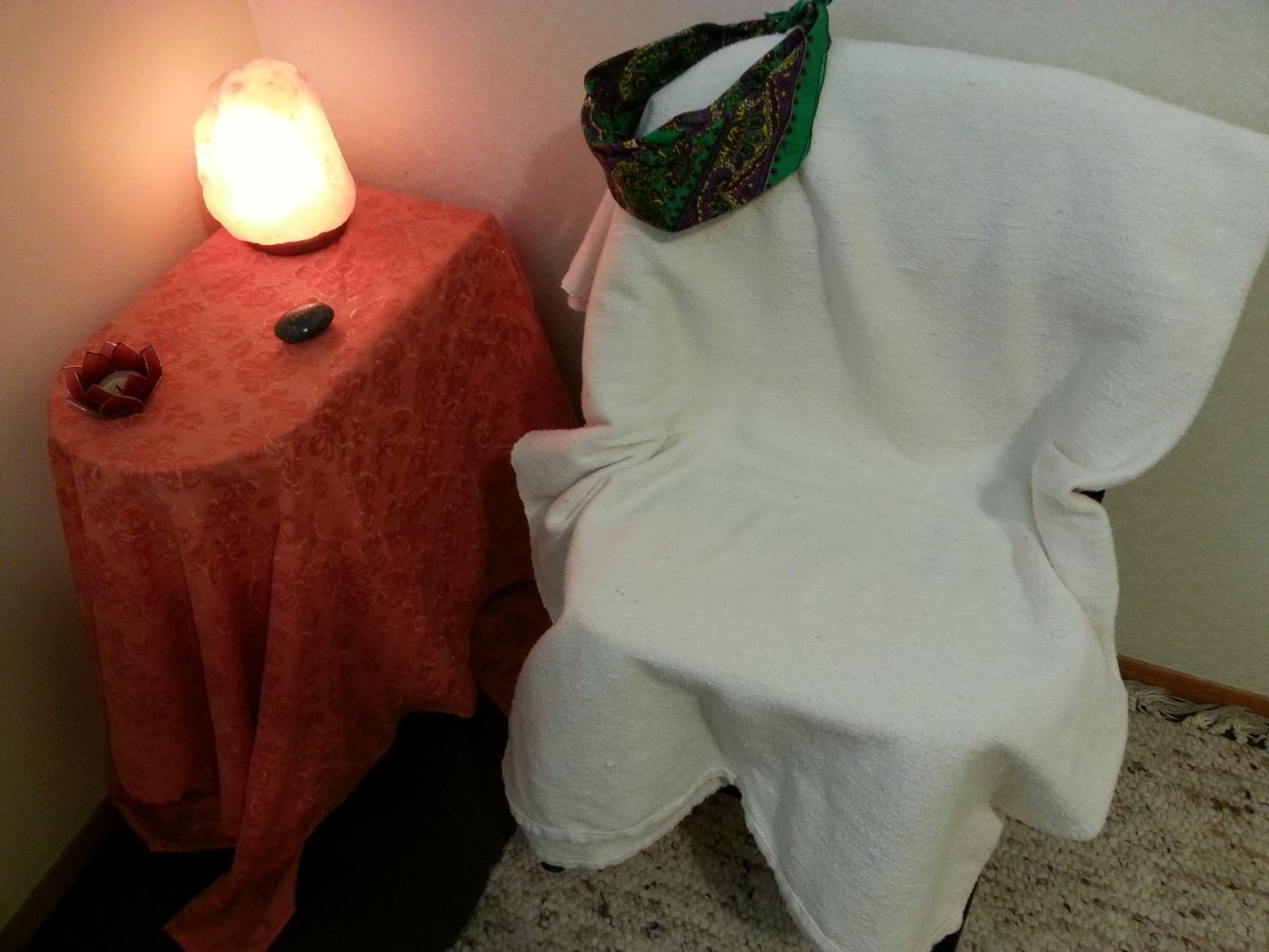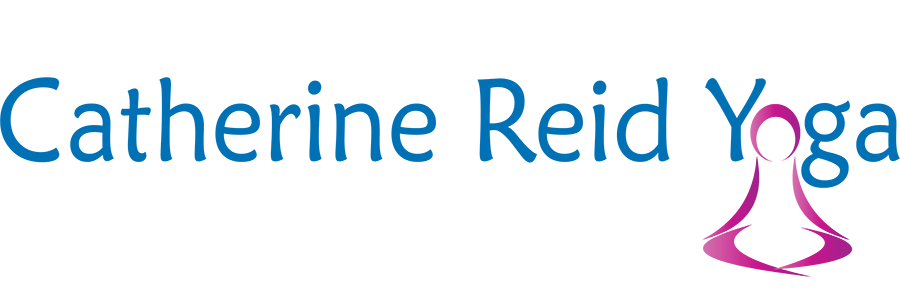
You’ve probably heard about the “now-proven-by-Western-science” benefits of meditation. Even so, it still might feel like a should, kind of like clearing the weeds out of the driveway cracks, or sorting those family photos into some sort of order.
Maybe you’ve tried meditating, and it just felt like trying to fit a square peg into a round hole. (If you’re a woman, see Meditation Secrets for Women, by Camille Maurine and Lorin Roche. They explain that sitting in silence doesn’t work for many women, because the feminine is all about movement, colour, fragrance, sensuality, and relatedness.)
One of my favourite authors, Arjuna Ardagh, recently released his new book, Radical Brilliance.
It describes how we all cycle – like the hands of a clock – in a rhythm of Awakening (12 o’clock), which is resting in pure awareness; Creative Flow (3 o’clock); Productivity & Accomplishment (6 o’clock); and Letting Go or Dissolution (9 o’clock).
“What does this have to do with Grandma?” you might be wondering. It’s coming.
Ardagh’s passion in this book is helping people have more original, brilliant ideas: things that can have a radical impact on our lives and/or the world. The book is full of practical suggestions on how to bring the creativity cycle into conscious awareness, and create new habits that support a life of peak brain functioning, with a side of happiness and fulfillment.
In the chapter on establishing 11 habits that support a brilliant life, the first habit is – you guessed it – waiting for Grandma.
Huh?
He calls it sitting, with spine straight ish.
For 20 minutes. (Set a timer.)
Blindfolded.
That’s it.
Just be curious, and see what happens next.
It really is that simple, and it will improve your life in innumerable ways.
Read Arjuna’s explanation here:
So imagine this. It is Sunday lunchtime. We made a nice meal, and Grandma is coming over. She has never been to this house before, not since we moved. Our driveway is a little hard to find. While preparing lunch, you ask me, “Is there anything I can do?” “Yes,” I reply, “actually there is. Could you please take this folding chair, go to the end of the driveway, then sit in the chair, wait, and watch for Grandma to arrive.” After about half an hour, she still has not yet shown up. It must be bad traffic, she slept in, or got lost. So I stride out to the end of the driveway, still wearing my very dapper-looking chef’s apron, I saunter up to the chair you are sitting in, and I ask, “How you doing?”
“Not very well,” you say.
“Why not?” I ask.
“I’m not very good at this thing,” you say.
“What do you mean?” I ask, getting curious now.
“Well, I’ve been sitting here, watching, but there is a lot of traffic. I’ve not been successful in slowing the traffic down.”
“What?” I ask you. “We didn’t say anything about slowing the traffic down. I just asked you to sit and keep a lookout for Grandma.”
“Well, yes, I can do that,” you say, “but I don’t think I’m really cut out for this sitting thing. I’m not really feeling blissful yet.”
“Blissful?” I ask you. “Who said anything about feeling blissful? You just have to sit in the chair, and keep an eye out for Grandma. There is literally nothing to it.”
As far as I am concerned, the instructions for sitting are just like that. Nothing more complicated is needed. Set the timer, put on the blindfold, and the rest is not up to you. Wait for Grandma.
The discerning reader amongst us might have noticed by now the subtle use of an analogy here. “So in the story about Grandma, what does Grandma represent?” asks the aspiring English-Lit major. And that is a good question. In fact, it is the very reason for using an analogy. There is an equivalent to Grandma arriving, when you sit, but, perhaps fortunately, it has no name and it has no form. It has no nationality. It has no voice. It cannot be described in words. But if you sit and wait, eventually Grandma comes.
Radical Brilliance, by Arjuna Ardagh. pp. 262, 263. Reproduced by permission.
Practice makes perfect
If you’re new to yoga or you already practice yoga, you’ll experience new levels of understanding how your body works, and how to modify some postures to fit your body type.
